Tips
Best SEO Tips & Tools for Blogging Programmers in 2020
In the dynamic landscape of digital content creation, bloggers who are also programmers possess a unique advantage. They can fuse technical expertise with creative expression to deliver engaging and informative articles. However, for these blogging programmers to truly succeed, mastering Search Engine Optimization (SEO) is essential. In this guide, we’ll delve into the best SEO tips and tools tailored for blogging programmers in 2020, providing a comprehensive roadmap to optimize their blogs for maximum visibility and impact.
Understanding the Synergy: Blogging and Programming
1. The Dual Skillset: Blogging programmers are adept at not only crafting compelling narratives but also understanding the intricacies of code, making them well-equipped to enhance their blogs’ SEO.
2. Technical Content: Programming blogs often tackle complex topics. SEO ensures that these valuable insights reach the right audience.
Top SEO Tips for Blogging Programmers
1. Keyword Research:
– Utilize tools like Google Keyword Planner and SEMrush to identify relevant keywords for your blog topics.
– Focus on long-tail keywords that capture specific queries and match user intent.
2. On-Page Optimization:
– Incorporate target keywords naturally in your blog’s title, headings, subheadings, and throughout the content.
– Optimize meta descriptions, ensuring they are concise, informative, and enticing.
3. Quality Content Creation:
– Craft informative and well-structured content that answers readers’ questions comprehensively.
– Use your programming expertise to offer in-depth insights and actionable advice.
4. Technical SEO:
– Optimize your website’s structure and navigation to enhance user experience.
– Leverage schema markup to provide search engines with structured data about your content.
5. Mobile Optimization:
– Ensure your blog is mobile-friendly and responsive to accommodate users on various devices.
6. Site Speed Optimization:
– Use tools like Google PageSpeed Insights to analyze and improve your blog’s loading speed.
– Compress images and minimize code to enhance performance.
7. Internal and External Linking:
– Incorporate relevant internal links to connect related articles within your blog.
– Build high-quality external links to authoritative sources to enhance your blog’s credibility.
Must-Have SEO Tools for Blogging Programmers
1. Yoast SEO:
– A popular WordPress plugin that provides on-page optimization recommendations and readability analysis.
2. Google Analytics:
– Offers in-depth insights into your blog’s traffic, user behavior, and performance.
3. Google Search Console:
– Monitors your blog’s indexing status, provides search analytics, and helps you identify and fix issues.
4. SEMrush:
– Offers keyword research, competitive analysis, and backlink tracking to enhance your SEO strategy.
5. Ahrefs:
– A comprehensive tool for backlink analysis, competitive research, and keyword tracking.
6. Screaming Frog SEO Spider:
– Crawls your website to identify technical SEO issues and provides valuable insights.
Navigating Challenges: Technical Content and SEO
1. Balancing Technicality and Accessibility:
– Strive for a balance between technical depth and reader-friendly explanations.
2. Avoiding Jargon Overload:
– Clarify complex terms and concepts using examples and relatable analogies.
For blogging programmers, mastering the art of SEO is like optimizing a well-written code for search engines. The symbiotic relationship between technical expertise and creative expression empowers them to create content that resonates with both human readers and search algorithms. By adhering to the top SEO tips and utilizing the must-have tools tailored for their unique skill set, blogging programmers can elevate their blogs’ visibility, impact, and audience engagement, ultimately achieving a harmonious fusion of code and creativity in the digital realm.
Best Searchengines for Source Code
Are you wandering for source codes?
Did’nt get this yet?
Try in these search engines below.
We have listed the top searchengines which will provide you the exact code you are searching for.
We have listed the searchengines with respect to the traffic in Alexa.
| Google Code Search | |
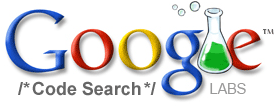 | 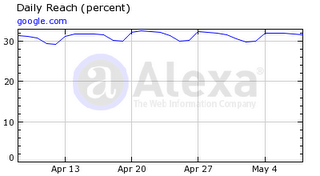 |
| Dzone | |
 | 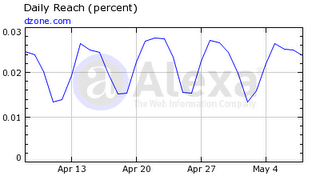 |
| Koders | |
 | 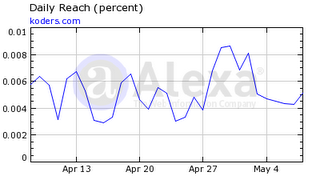 |
| O’reilly Code Search | |
 | 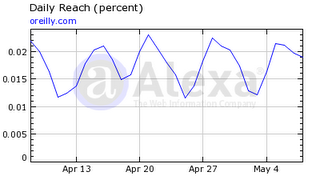 |
| Snipplr | |
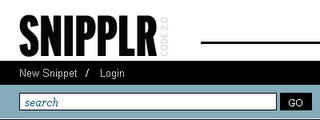 | 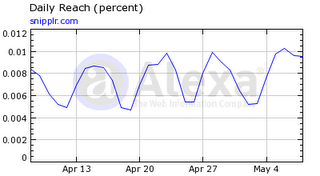 |
| Codase | |
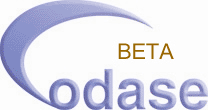 |  |
| Bytemycode | |
 | 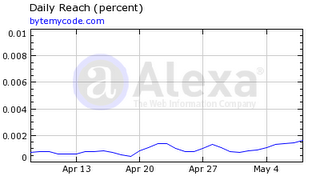 |
| Krugle | |
 | 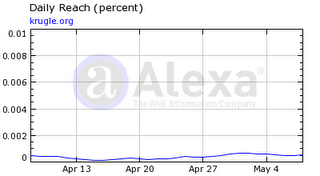 |
| Code Fetch | |
 | 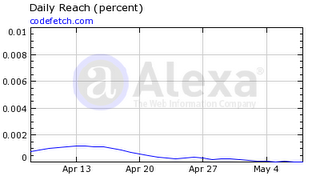 |
Google Favicon
A favicon is a tiny icon that is usually accustomed to imitate the uniqueness of a web site. You can come across it in the address bar, in your browser’s tabs, in the bookmarks list or in some feed readers like Bloglines, dig, furl etc.
Google’s favicon is introduced in 2008. It is an edition of the lowercase “g” from its authorized logo. Google has a new favicon now. The new favicon is a fraction of a bigger set of icons developed for improved scalability on mobile devices.
Google’s favicon is hosted at google.com/favicon.ico.It is a 16×16 pixels image which is a usual size for favicons. . In this, the new icon is the depiction of a multi-colored lowercase “g”, highlighted with the colors of Google namely red, green, blue and yellow.Google swap the upper-case “G” in blue border, green and red borders with a lower-case purple “g” in a rounded corner rectangle.
What is the difference between cgi and perl?
Most of the programmers were having confusion with .cgi and .pl.
Since the file with .cgi extension is using the perl code and it is running fine.
But the file with .pl extension which contains the perl code does not run.
Here is the answer for you
File extensions are generally meaningless. Windows preserves a map between programs and the file extensions which should be accustomed to open them. Apache, a web server which performs something similar like windows. CGI is an interface approved upon by rfc 3875 which is mainly used for passing information from web requests to executables. CGI has capable of bypassing data to several types of executable which can recognize it. Your .cgi files are possibly parsed for #! line which is responsible for mapping your exact .cgi file to be executed by Perl. Briefly, file extensions are virtually meaningless.
The extension simply notifies the server about how to handle it. cgi extensions tell it to run the script with whatsoever program is programmed at the top #! line. If the server is not notified to do the same with .pl files in that case it will not know what to do with it.
If you are lying on an apache server, adding up this line to the .htaccess file will make it parse .pl files through CGI
AddHandler cgi-script .pl
php code optimization tips
Do you know the ways to optimize your php code. Here we have some tips for you.
- If a method can be static, declare it as static. It will improve the Speed by a factor of 4.
- You should use echo as it is faster than print.
- If you have to concat string, Use echo’s multiple parameters.
- Set the value of how many times it should be iterated before the loop. Do not assign the value in the loop.
- When a variable is no longer useful, unset those variables which will free memory.
- Use absolute urls in includes and requires.
- To get the time of when the script started its execution, you must prefer $_SERVER [‘REQUEST_TIME’] than time ()
- Str_replace is faster than preg_replace
- It is much better to utilize switch statements than multi if, else if statements.
- Every time close your database connections when you got all the datas from DB
- Always use $row [‘name’] to get data from DB.Because it is 7 times faster than $row [name]
- Don’t use functions inside of for loop, such as for ($y=1; $y <= main ($arr); $y) the main () function gets called each time.
- If you declare a global variable and you are not using it in any function will slow down the performance because will check if the global exists or not.
- Methods should be in derived classes. This will run faster than the method which was defined in the base class.
- Surrounding your string by single quote (‘) instead of double quotes (“) will be little faster as php looks for variables inside “” but not inside ”.
- A PHP script will be at least 2-10 times slower than a static HTML page by Apache. So it is better to use lot of static HTML pages with less scripts.
- You must install a PHP caching product to naturally boost the performance by 25-100% by eliminating compile times. Your PHP scripts will be recompiled each time if the scripts are not cached.
- Do not use OOP concepts too much because each method and object call consumes a lot of memory.
- Split methods that has the code you will really re-use too much.Do not split all the functions.




